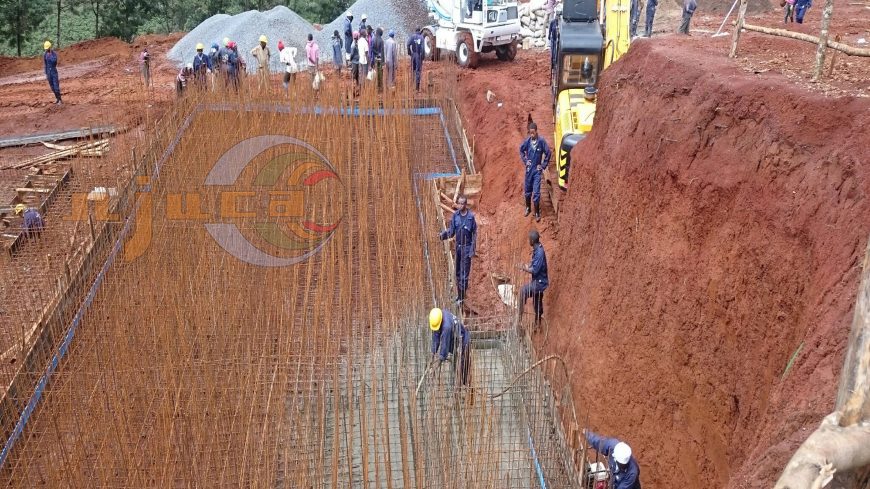The Kenyan construction sector is set to create jobs due to the steady growth it is set to experience https://njuca.co.ke/project/over the coming years. This is attributed to an increased number of projects being carried out in the country .
BMI Research shows that the local industry experienced an 8.7 percent icrease since 2017 and its set to continue up to until 2026 with an annual growth of 6.2 percent which will see Kenya outperforming all sub-Saharan countries .Njuca Construction Limited has on the forefront of this upward trends as we have undertaken various Projects across the republic.
BMI attributes this on the government’s’ huge spending on infrastructure development such as the Standard Gauge Railway and the Lamu port South Sudan Ethiopia Transport (LAPPSET) corridor being key drivers of local economic growth.
Kenya’s construction market will record significant expansion over our 10 year forecast period.The significant support for the sector will stem from the Kenyan budget, backed by foreign investment into the country’s planned infrastructure development,” says the BMI Study.
Turner and Townsend report, ‘International construction market survey 2017’ themed Building momentum’ which ranked Nairobi as one of the cheapest city for construction despite declining competition and the high cost of land noted that, “Overseas investment driving expansion”.
“The real estate and construction sectors continue to be key drivers of economic growth in Kenya, as they have been for the last five years, and the Kenyan construction industry contributes 7 percent of GDP,” read part of the report.
Data from the Kenya National Bureau of Statistics (KNBS) the construction industry grew by 9.2 per cent in 2016 from an expansion of 13.9 per cent registered in 2015.
Increased activity in the construction of roads and development of housing also translated to an increase in employment in the sector from 148.6 thousand jobs in 2015 to 163.0 thousand jobs in 2016.
“Overall expenditure on roads is expected to increase by 38.3 per cent from KSh 113.2 billion in 2015/16 to KSh 156.5 billion in 2016/17. Total development expenditure is also expected to grow by 31.7 per cent from KSh 87.8 billion in 2015/16 to KSh 115.6 billion in 2016/17. Development expenditure on trunk and primary roads is expected to grow by 36.2 per cent from KSh 51.6 billion in 2015/16 to KSh 70.3 billion in 2016/17,” according to the KNBS 2017 Economic Survey.
However, cement consumption in the country dropped by 62,000 metric tonnes in the first five months of the year.
Data from Kenya National Bureau of Statics shows cement consumption stood at 2.5 million metric tonnes in the five months to May compared to 2.56 million in a similar period last year.
Dyer and Blair bank published a report in February says the construction sector remains resilient despite headwinds.
“We forecast a 3 year compound annual growth rate (CAGR) in cement consumption per capita of 8.1 percent to 96.7 Kgs in 2018, on the back of 3 year CAGR of 8.7 percent in cumulative regional cement consumption to 14.9 MN Tonnes in 2018F.”

